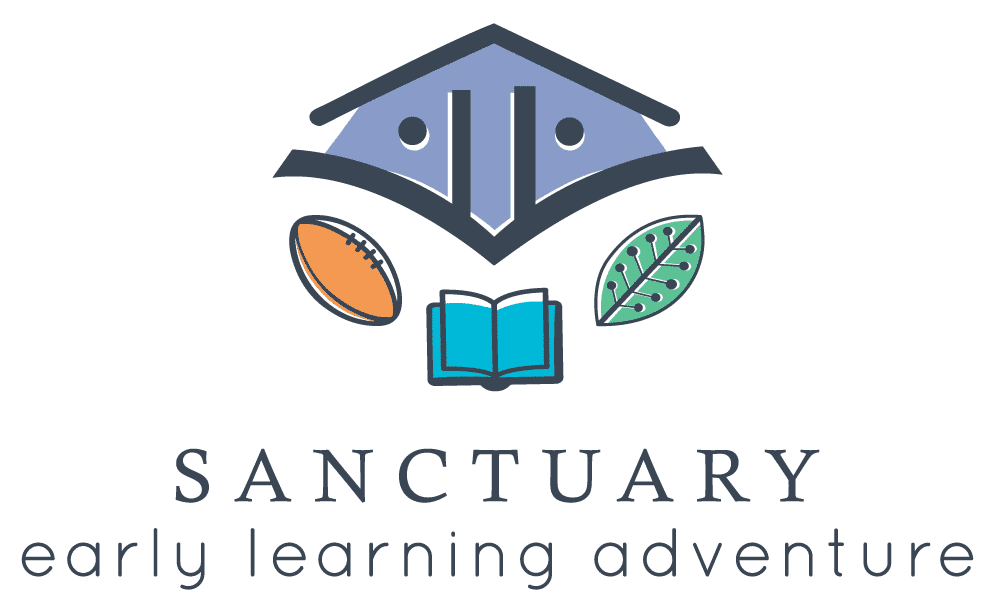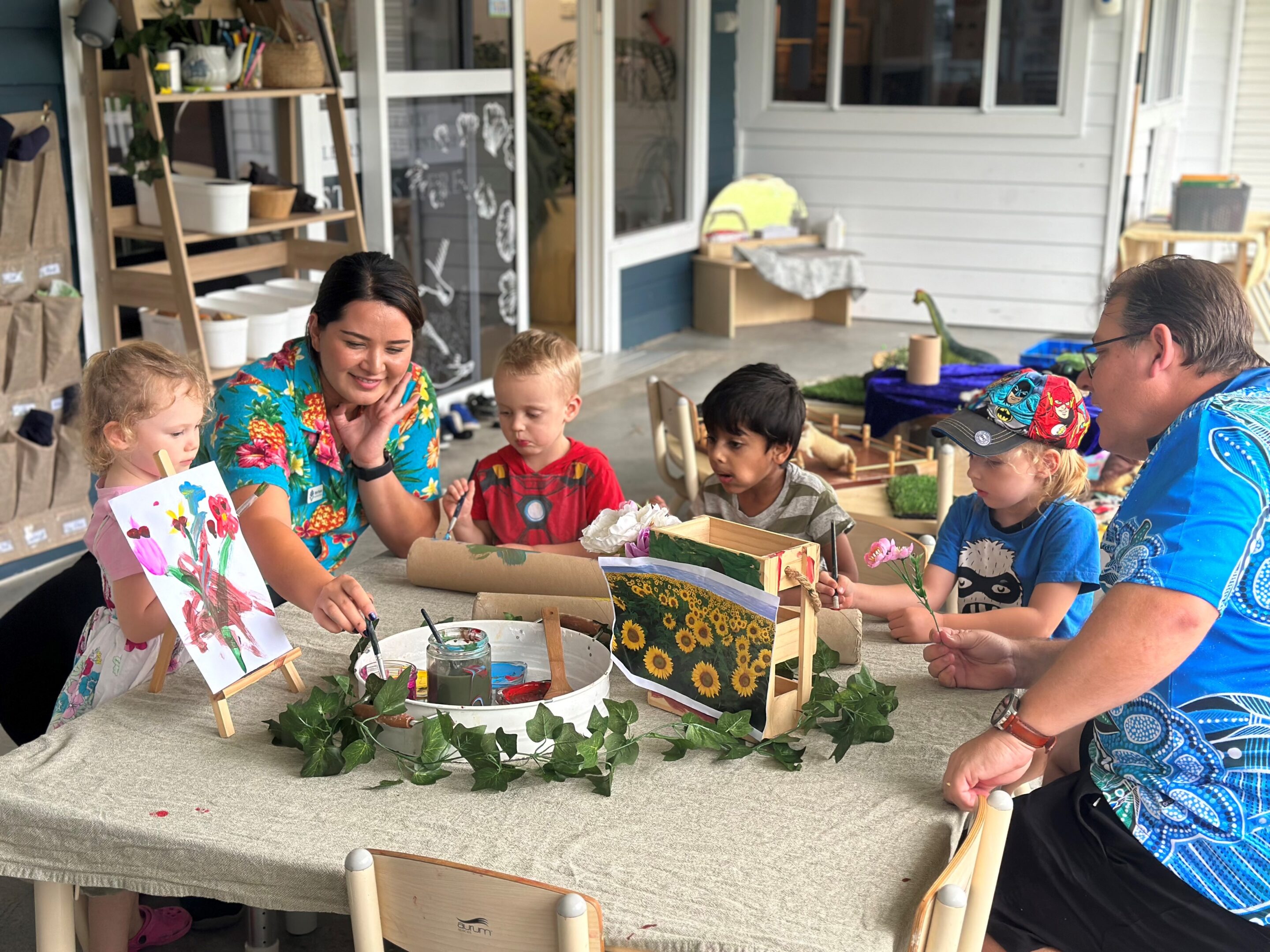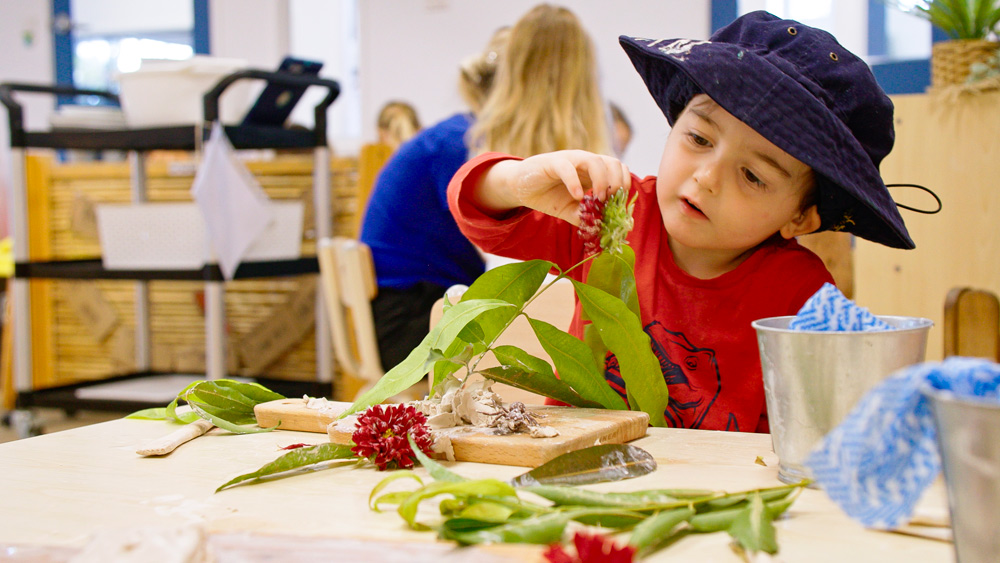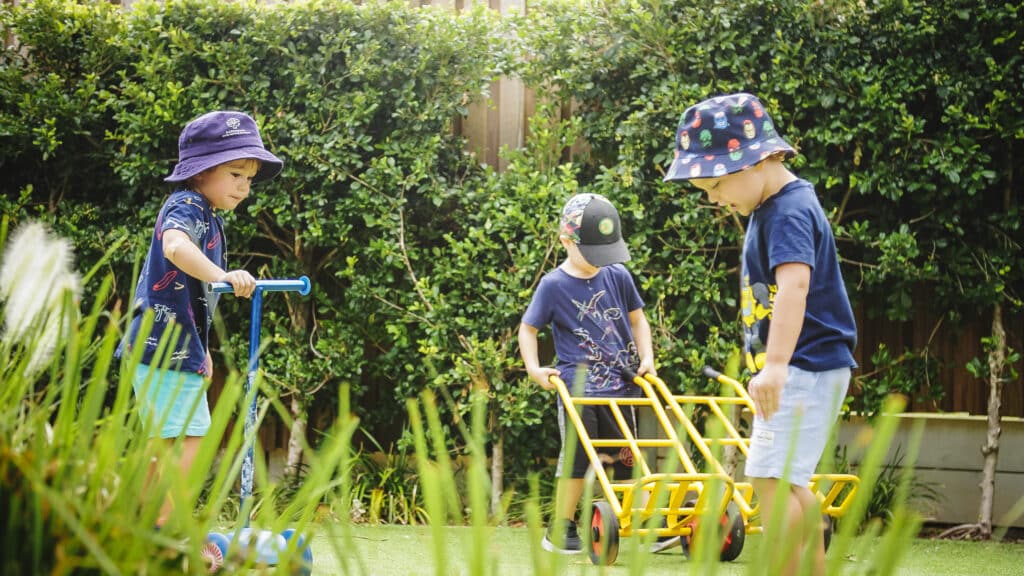
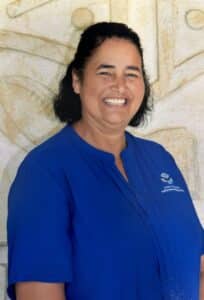
Serena Lucas
Early Education Teacher, Sanctuary Ashmore
We are incredibly fortunate to have passionate and dedicated team members as part of our Sanctuary family. One of which is Serena Lucas – our Early Childhood Teacher at Sanctuary Ashmore.
Recently, the Leadership team at this centre implemented knowledge sharing and mentoring within our team – providing the opportunity to further learn and develop as educators from each other. Part of this opportunity includes writing a blog or piece that aligns with your philosophy and daily practice.
At Sanctuary, one of our points of difference is our indoor/outdoor programming and how we truly encourage the environment as the third teacher.
Here is Serena’s contribution to this initiative.
My why? As many of my Sanctuary Ashmore colleagues know, I am a huge advocate for the implementation of an indoor/outdoor program for all children enrolled in Early Years services. The passion began about five years ago, when I joined a company that had some very sound rituals embedded into their philosophy and one of those was offering a program that saw children not stifled and restricted to one space at a time. It invited children to make informed decisions about which space offered them the elements that they needed to explore. I embraced this practice and reveled in the delight and opportunities that it provided for children, alongside myself as an educator, seeing many positive benefits the more I practiced this. There was a definite shift in my own philosophy and practice.
This type of program responds to the individual needs of children on another level. Opening the doors to the classroom enables educators an organic spread of children engaging in learning experiences.
Citizens of the present and the future
Benefits
- Children have agency of their learning.
- Children are exposed to a wider scope of experiences available at one time.
- One environment is not more important than the other.
- Being out in nature and fresh air.
- Behaviours decrease when the doors are opened to offer a free-flowing space between the indoors and outdoors.
- Sufficient space for all children.
- Opportunity for smaller, intimate social groups.
- Educators interactions are richer in smaller groups, as children are more settled throughout both spaces.
- The density of children in one space is decreased.
I challenge you to lessen the pressure on yourselves to keep environments spotless at all times and to re-imagine what a learning environment will look like; providing more possibilities for children as they gravitate to the space that best suits their learning needs. Not all children learn best inside and not all children learn best outside. Let’s be forward thinking teachers by offering multi-levels for children to explore and be present in; and promote all educators specialised areas of care and education.
An indoor/outdoor program works if there is commitment from all educators and provides such flexibility for educators preparation work, as well as the opportunity to operate with smaller groups of children.
Wondering how you start this?
- All educators need to be on board to get it started and remember it won’t feel perfect the first time and probably not the second time either but with perseverance, it will become an embedded part of your day.
- Start with small steps, have your inside time with gatherings and your first mealtime and then explain to the children that there is going to be the opportunity to be either inside or outside. Once finished, open the doors to the outside and observe and be present so that you can support and guide children to where they will find their happy place. Another way is with small groups venturing outside on a staggered run, enabling educators to settle children to an experience before the next group of children comes out.
- Be prepared with experiences, ones that will ignite wonder and curiosity both indoors and outdoors. Be intentional with the experiences that you provide and ensure that both environments are as wondrous and sparkling as the other. Have a store of interchangeable provocations that you can access if necessary.
- The team needs to be responsive to the spaces that have children. If most children are outside, then the flow of educators needs to accommodate this but with a remaining staff member inside and the doors wide open.
- Children need to know that it is ok to be inside, but it’s also ok to be outside too, neither of those choices are either wrong or right.
- As a team be proactive in having reflective conversations. Be honest and be clear but remain committed. Reflection is about collaborative discussions, sharing the challenges and finding the solutions, applauding the celebrations and giving yourselves a pat on the back for even the smallest of steps forward.
Do not shut the door however hard and messy it may seem at times. These conversations will guide your program and make sure that amidst these professional huddles and conversations, you document the content on the back of your bubble program.
These strategies though are just the building blocks that we use to achieve the ideal of opening the doors and the flow of children between the spaces. When involved in the daily routines such as bed making, setting tables, throw the doors open and invite children to help, to be part of the process, to take ownership.
At times you will find, more time is needed to be part of a whole group and it is ok to be inside together, but also remember that not everyone learns best in a small room that is restricted by space or recyclable air.
Learn to read the behaviours of children and respond to these with the answer could possibly be the introduction of an indoor/outdoor program. I can guarantee that almost everytime, you will find that the behaviours and often chaos will begin to extinguish itself overtime and your job as educators will begin to feel easier.
For our junior side – additional communication is required of what this will look like for each studio due with increased numbers in that playground. I suggest that not all three studios open their doors at the same time, that it is a gradual process.
Kelly Goodsir talked about reducing the number of announcements for children and this type of program lends more so to this call, nurturing a fluid transition for children and respecting them as capable and competent individuals who are aware of their own needs and are able to satisfy these autonomously.
Be present in the moment and embrace it!
